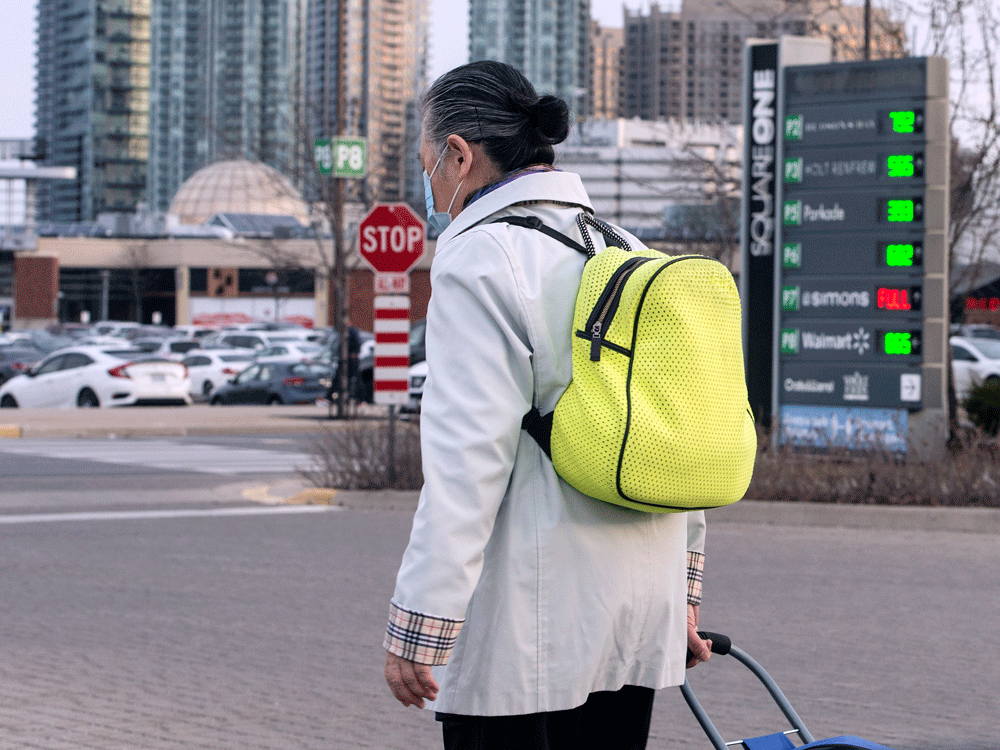If there is one issue that has never been crystal clear during the pandemic, it’s where and in what ways people are most likely to catch the coronavirus

Article content
The title for one of the Ontario Health Ministry’s many web pages of COVID-19 data is promising: “Likely source of infection.”
If there is one issue that has never been crystal clear during the pandemic, it’s where and in what ways people are most likely to catch the coronavirus. Knowing the answer might even help Canadians lessen their risk of infection until they can get vaccinated.
But a closer look at that provincial data turns up relatively few clues as to how SARS-CoV-2 — the bug that causes COVID-19 — is spreading during this third wave.
One of the largest categories of infection falls under the heading of “close contact.” That refers to someone contracting the virus from a person they know is already infected and with whom “they were physically close.”
The site offers no elaboration, although “close contact” is often understood to refer to private, household encounters. Incidents of more than one case in a public setting like a school, workplace or nursing home fall under a different category, “outbreak settings.”
Advertis
ement
Story continues below
This advertisement has not loaded yet, but your article continues below.
Article content
Outbreaks give rise to relatively detailed source information, but after close contact, the next most prevalent grouping is “community spread.” It has a similarly non-specific meaning.
Article content
It refers to someone who tests positive but did not travel, did not knowingly have contact with an infected person and was not part of an outbreak. Beyond that, it could be almost anywhere and anyhow.
Outbreak settings account for the next greatest number of cases, though only about 10 per cent of the total, according to the Ontario statistics.
Article content
By definition, however, the figure can at least be broken down according to the outbreak’s specific site.
As of April 11, the greatest number of active outbreaks — defined typically as one or more cases — were in educational institutions, 345 in all. Next most common were workplace outbreaks, with 204 different sites.
There were 126 group homes, jails, hotels and other types of “group living” with outbreaks, as well as 120 long-term care or retirement homes, and 61 “recreational” sites, which includes bars, restaurants, nightclubs and fitness centres.
Advertisement
Story continues below
This advertisement has not loaded yet, but your article continues below.
Article content

Travel cases — people whose symptoms began within 14 days of their being outside the province — make up a small percentage of the total, less than one per cent of cases according to separate, national data from the Public Health Agency of Canada.
But they have a greater importance than the raw numbers suggest, as it is through travel that more transmissible variants of the coronavirus entered this country.
The source of a number of Ontario cases is classified as simply “other” since no information is currently available on where the person caught COVID-19. The “other” numbers spike at the end of the reporting period, presumably because of a lag in receiving the source information.
While the official provincial data leaves much unclear, a recent study in Ontario arguably did more to illuminate what’s driving the pandemic today.
It found that the neighbourhoods in Toronto and neighbouring Peel region — Canada’s COVID-19 hotspots — that had the most essential workers and lowest incomes had the great number of cases.
Dr. Zain Chagla, a McMaster University infectious disease specialist and one of the study’s authors, said that suggests that people forced to work outside the home in factories, warehouses, supermarkets and the like are contracting the virus and likely spreading it to family and other close contacts.
In response, the province has instituted plans to target those neighbourhoods with vaccination blitzes that are open to all adults, not just older people as set out in Ontario’s original vaccine rollout plan.
• Email: tblackwell@postmedia.com | Twitter: tomblackwellNP
Advertisement
Story continues below
This advertisement has not loaded yet, but your article continues below.


